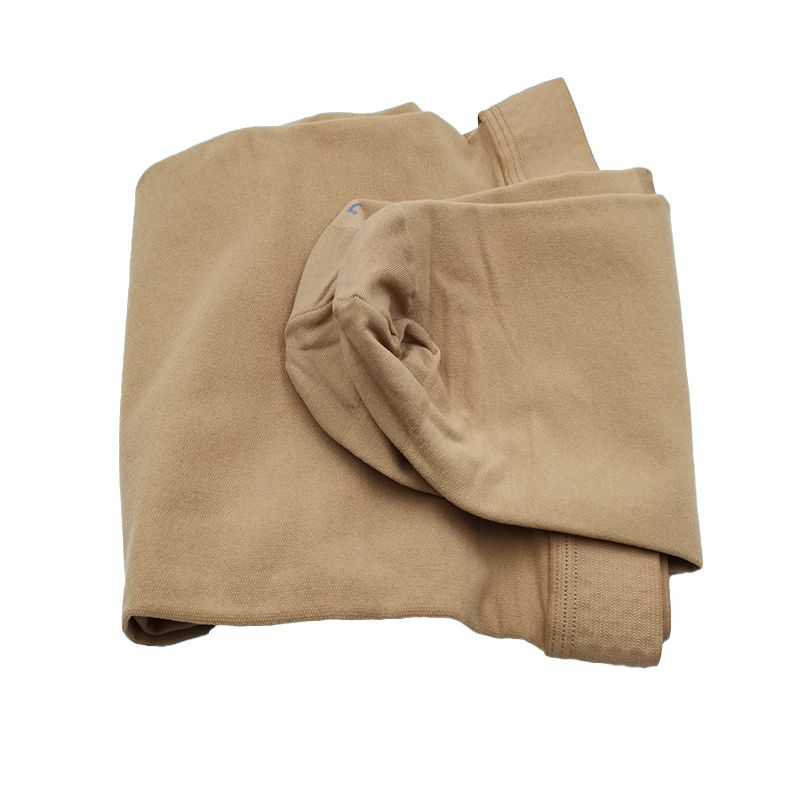Compression socks are a popular choice for individuals looking to improve circulation, reduce swelling, and provide comfort during physical activities or daily routines. Whether you’re an athlete, someone with a sedentary job, or recovering from surgery, choosing the right compression socks is essential for maximizing benefits. Here are the main factors to consider when selecting the best pair for your needs.
Types of Compression Socks
Before diving into the selection criteria, it’s important to understand the types of compression socks available:
Knee-High Compression Socks: These are the most common and typically cover the calf and lower leg, providing targeted compression from the ankle to just below the knee.
Thigh-High Compression Stockings: For more comprehensive leg coverage, these stockings extend from the foot up to the thigh, ideal for individuals with more significant circulation issues or those recovering from surgery.
Full-Length Compression Stockings: Similar to thigh-high stockings but with an integrated waist portion, these provide full compression across the entire leg and are often used for more serious circulatory problems.
Now, let’s explore the four key factors when choosing the right compression socks.
1. Compression Level
The level of compression refers to the amount of pressure the socks exert on the leg. This is measured in millimeters of mercury (mmHg), and the appropriate level depends on the specific needs of the wearer.
Mild Compression (8-15 mmHg): These are ideal for those looking for relief from minor swelling, fatigue, or discomfort after long hours of standing or sitting.
Moderate Compression (15-20 mmHg): A common option for those with mild to moderate varicose veins, post-surgery recovery, or mild edema. These are often recommended by doctors for everyday wear.
Firm Compression (20-30 mmHg): Best for individuals with more serious circulation issues, such as chronic venous insufficiency, moderate to severe varicose veins, or post-surgical recovery.
Extra Firm Compression (30-40 mmHg or higher): Generally prescribed for individuals with severe conditions like deep vein thrombosis (DVT), severe edema, or after major surgery. These should only be worn under medical supervision.
When choosing compression socks, it’s important to consult with a healthcare provider if you’re unsure about the level of compression that’s right for you.
2. Socks or Stockings: Which One Do You Need?
One of the key decisions when selecting compression wear is whether to opt for compression socks or compression stockings. The difference lies primarily in the coverage area.
Compression Socks: These are designed to cover the ankle and calf, providing effective compression for people who experience discomfort or swelling in the lower legs. They’re perfect for athletes, individuals who are on their feet for long periods, or those dealing with mild leg issues.
Compression Stockings: These extend higher up the leg, providing full coverage from the ankle to the thigh. They are generally recommended for those who have more significant circulation problems, such as varicose veins or after surgical procedures. Thigh-high stockings offer more comprehensive compression, improving blood flow in both the lower and upper parts of the leg.
Choosing between socks and stockings ultimately depends on where you need compression most and how much coverage is required for your condition.
3. Material: Comfort and Durability
The material of your compression socks is crucial not only for comfort but also for durability. Compression socks are made from a variety of materials, each with its own set of benefits:
Nylon and Spandex: These are the most common materials used in compression socks because they offer good elasticity, durability, and the ability to maintain compression over time. They are also lightweight and breathable, providing comfort throughout the day.
Cotton: While cotton socks are generally softer, they may not provide as much elasticity as synthetic fibers like spandex or nylon. Cotton compression socks can be a good option if you have sensitive skin but may lose their compression ability more quickly.
Wool: Wool compression socks are ideal for colder climates, as they offer warmth and comfort. However, they can be less breathable compared to other materials, so they may not be the best option for hot weather.
When choosing the material of your compression socks, consider factors like climate, personal comfort, and the duration for which you’ll be wearing them. For daily wear, a blend of synthetic materials is typically recommended for better elasticity and breathability.
4. Fit and Size
An often overlooked but crucial factor when selecting compression socks is the fit and size. Proper sizing ensures that the socks will provide the correct level of compression without causing discomfort or ineffectiveness.
Compression socks should fit snugly but not be too tight. If they are too loose, they won’t provide the desired compression benefits, and if they are too tight, they could cause discomfort, restrict blood flow, or create skin irritation.
It’s important to measure your ankle, calf, and sometimes your thigh (for thigh-high stockings) to find the correct size. Many brands offer sizing charts that can help you choose the perfect fit based on these measurements.
Conclusion
Choosing the right compression socks involves understanding your specific needs and selecting the appropriate type, compression level, material, and size. Whether you need mild compression for daily fatigue or more intense compression for medical reasons, the right pair can offer relief and improve your overall well-being. Always consider consulting with a healthcare provider, especially if you have underlying medical conditions. With the right knowledge, you can enjoy the full benefits of compression socks for enhanced comfort and circulation.
Post time: Nov-11-2024


